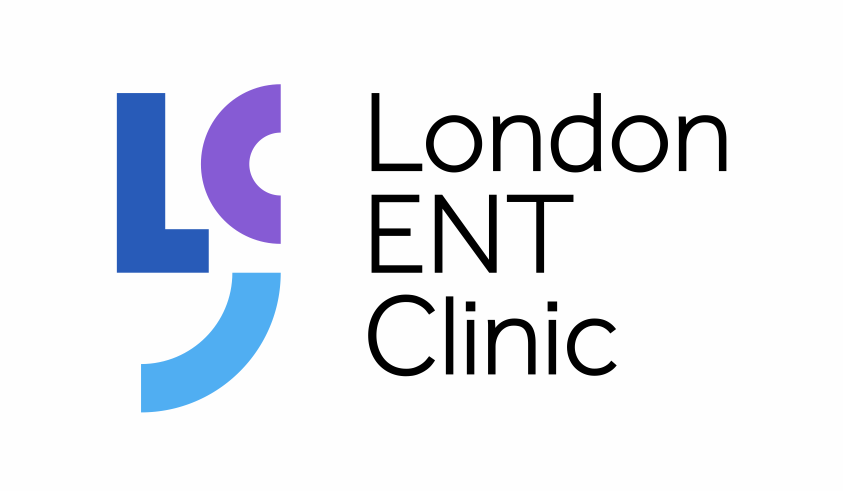Nasal Blockage
Common Cold
By far the commonest cause for nasal blockage is the common cold. The infection usually due to one of the many respiratory viruses which spread by contact or airbourne droplets when an infected person sneezes.
Symptoms include congestion, nasal discharge, sneezing, loss of sense of smell, together with general malaise and occasionally associated with fever. Treatment is symptomatic with decongestants such as topical oxymetazoline nasal drops, paracetamol and plenty of fluid intake. Only when symptoms persist or associated with clear signs of infection are antibiotics indicated.
Deviated Nose/Septum
The septum is the thin piece of cartilage and bone in the nose which separates the 2 nostrils. The septum may be deviated and cause blockage on one or both sides. Septal deviation can also result in external deformity of the nose. Although septal deviation can result from injury, in the majority of patients it is due to the way the septum has grown relative to the rest of the nose. Similarly the nasal bones too can be deviated and this is usually evident from just looking at the nose. There are thin strips of cartilage in the fleshy part of the nose whose purpose it is to prevent inward collapse of the nostrils during inspiration. These cartilages can weaken with age or be deficient after excessive surgery and result in what is called “Alar Collapse”.
In all of these scenarios, there are structural factors which need correcting with a surgical procedure. A septoplasty is a relatively simple operation done through an incision within the nostrils.
Get in Touch
Basal view showing deviated septum

Septum after surgical correction

In some patients the cause of nasal blockage is due to collapse of what are called the nasal valves
Adenoidal Hypertrophy
This is much more common in children where the adenoids obstruct the back of the nose giving rise to a degree of nasal blockage. However, this can also be seen on occasion in adults and the diagnosis is usually made by fibre-optic endoscopy of the nasal passages. In adults, it is often possible to remove adenoid tissue through the nostrils using a suction-cautery technique. It can therefore be done in association with other nasal operative procedures. Large adenoids in children can contribute to obstructive sleep apnoea, and a child who mouth breathes is often the tell tale sign of adenoidal enlargement. It is now commonly believed that adenoidal enlargement and infection are contributory to recerrent middle ear infections and glue ear.
Endoscopic view of the Adenoids at the back of the nose

Foreign bodies in the bronchus can be removed using special endoscopic equipment and a basket wire retriever (see picture below)
Foreign Body
This is most common in children who may put something up their nose. This is often associated with a history of minor trauma. Some objects can be difficult to remove and requires a short anaesthetic to remove. The importance of removing foreign objects is the theoretical risk of inhaling the object into the windpipe/lungs. In humans the left main bronchus is more vertical so foreign objects tend to lodge on the left side. A common situation is the inhaled peanut. This can be difficult to manage as the oils within the peanut cause a brisk inflammatory reaction making it difficult to visualize the object and the peanut begins to disintegrate.
The presence of foreign bodies in the lungs can present with long term symptoms such as asthma and cough. Chest X ray will show collapse on the affected side.

Note the “white out” on the left due to collapse of the lung

Notice the inflammation around the peanut

Foreign bodies can also lodge at the top of the gullet . A typical case would be a coin.

Coin stuck at the top of the gullet

